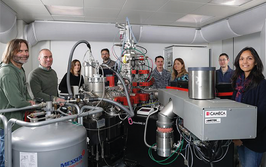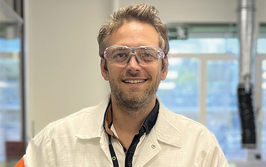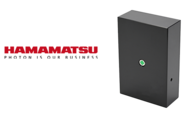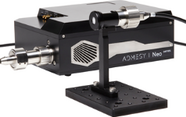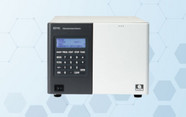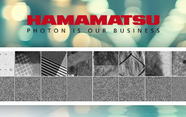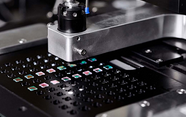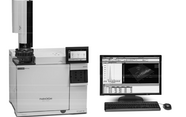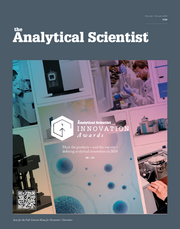Analysis of Vitamin D in Milk and Infant Formula using UHPLC-MS-MS per AOAC Method 2011 11

contributed by Sigma Aldrich |
Introduction
Fortification of milk, dairy products, infant and adult nutritionals with vitamin D is required in many countries to provide additional dietary vitamin D. The fortification of milk in the USA, for example, is done at 400 International Units (IU) per eight ounces of milk. The recently adopted AOAC method 2011.11 describes the procedure for the analysis of vitamin D in fortified infant formula. This method was used in the current work to measure vitamin D in the fortified whole milk and in an infant formula sample. Two forms of vitamin D are recognized: vitamin D2 or ergocalciferol and vitamin D3 or cholecalciferol. Although both forms may be present in the fortified food, vitamin D3 is more commonly used for fortification of dairy products. Vitamin D hydroxy-metabolites can also be present in food products at low levels. While quantitative analysis was performed for vitamins D2 and D3, the samples were scanned for the presence of 25-hydroxy metabolites.
Log in or register to read this article in full and gain access to The Analytical Scientist’s entire content archive. It’s FREE!

